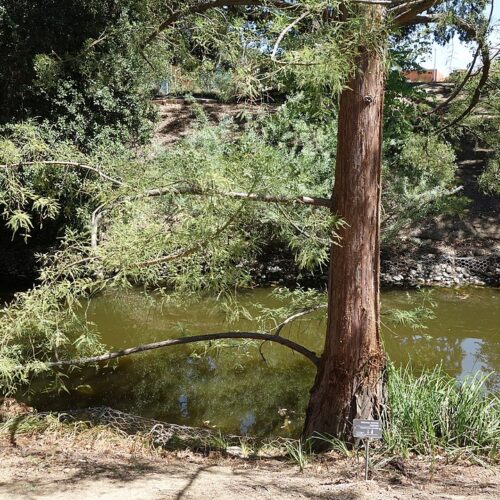Species at 30 makes for a great guilty pleasure
Earlier this month, Hollywood mourned the passing of Michael Madsen, a gifted actor best known for his critically acclaimed roles in Reservoir Dogs, Kill Bill, and Donnie Brasco, among others. Few obituaries have mentioned one of his lesser-known roles: a black ops mercenary hired to help hunt down an escaped human/alien hybrid in 1995's Species. The sci-fi thriller turns 30 this year and while it garnered decidedly mixed reviews upon release, the film holds up quite well as a not-quite-campy B monster movie that makes for a great guilty pleasure.
(Many spoilers below.)
Screenwriter Dennis Feldman (The Golden Child) was partially inspired by an Arthur C. Clarke article discussing how the odds were slim that an extraterrestrial craft would ever visit Earth, given the great distances that would need to be traversed (assuming that traveling faster than the speed of light would be highly unlikely). Feldman was intrigued by the prospect of making extraterrestrial contact via information: specifically, alien instructions on how to build an instrument that could talk to terrestrial humans.


© MGM

